7 Lebanese Spice Secrets That Will Transform Your Kitchen Forever!
Welcome, spice enthusiasts! If you’ve ever tasted the warm, aromatic magic of Lebanese cuisine and wondered, “What’s in that seasoning?”, then you’re about to embark on a flavor-packed journey. In this article, we’ll explore seven game-changing Lebanese spice secrets — from za’atar’s zesty punch to allspice’s nutty warmth. Whether you're a pro chef or a weekend griller, these insights will elevate your dishes and impress even the most seasoned palates.
Table of Contents
- Why Lebanese Spices Are Unique
- Za’atar: The Queen of Herbs
- Allspice (Baharat): Not Just One Spice
- Sumac: Nature’s Citrus Zinger
- Cinnamon: The Sweet & Savory Star
- Seven-Spice Mix: Lebanon’s Flavor Bomb
- Dried Mint: Coolness in a Jar
- Cardamom: A Perfumed Powerhouse
- How to Store Lebanese Spices Like a Pro
- Top 5 Food Pairings with Lebanese Spices
- Final Thoughts
Why Lebanese Spices Are Unique
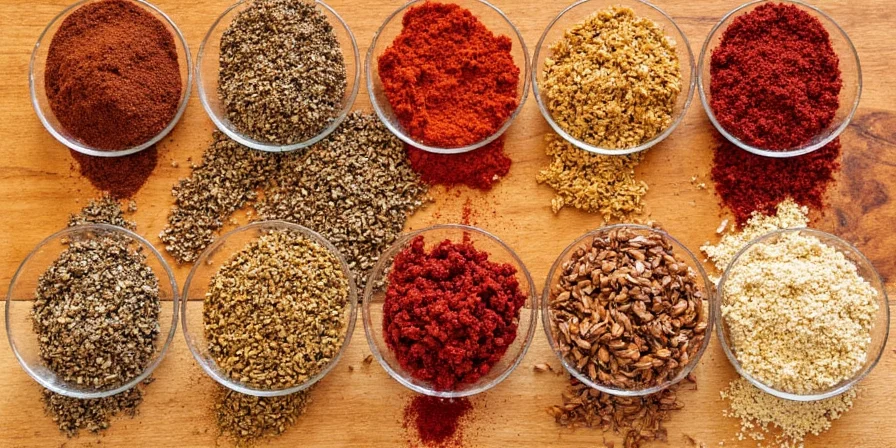
Lebanese cuisine is like a symphony — each spice plays its own note but blends harmoniously into a beautiful melody. Unlike many spice-heavy cuisines, Lebanon uses spices more for aroma and balance than heat. Think of them as supporting actors that make every dish memorable without stealing the spotlight.
Za’atar: The Queen of Herbs

Za’atar isn’t just one herb — it's a blend that usually includes:
- Thyme
- Sesame seeds
- Sumac
- Salt
This earthy, tangy mixture is used on flatbreads, dips, meats, and even potatoes. It pairs especially well with olive oil, making it perfect for dipping bread or drizzling over roasted veggies.
Pro Tip:
- Mix za’atar with olive oil and lemon for an instant marinade.
- Sprinkle on labneh or hummus before serving for a rustic finish.
- Try za’atar on popcorn for a Middle Eastern twist!
Allspice (Baharat): Not Just One Spice
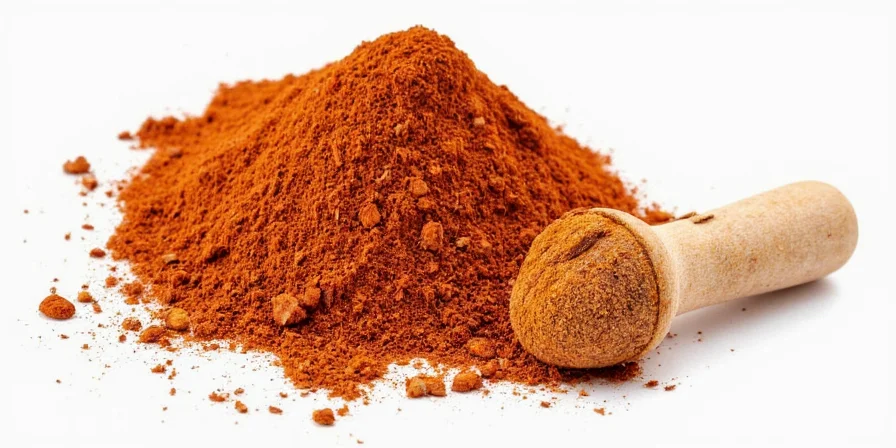
In Lebanon, when they say 'baharat,' they mean a custom blend that varies by family and region. Typically, it includes:
- Black pepper
- Cumin
- Nutmeg
- Allspice berries
- Cinnamon
- Coriander
Baharat brings warmth and depth to stews, rice, and grilled meats — especially kibbeh and shawarma.
Sumac: Nature’s Citrus Zinger
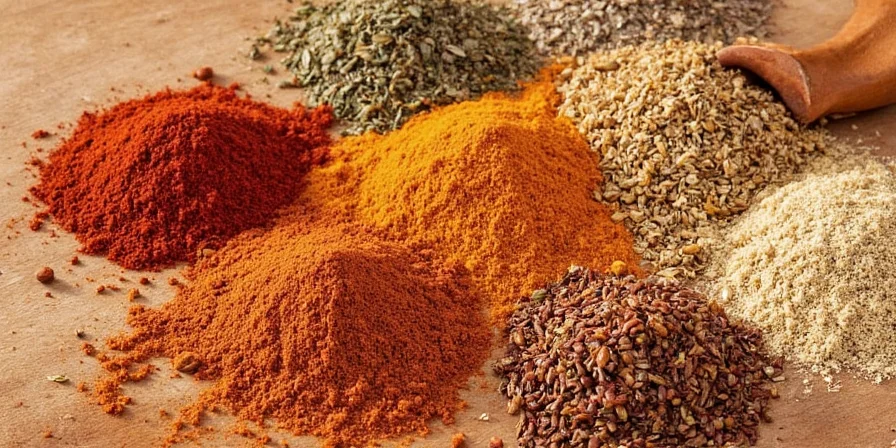
If you love the bright pop of lemon but want something with more complexity, meet sumac. Its tartness adds brightness without acidity, making it ideal for meat rubs, salads, and fattoush.
Quick Uses:
- Sprinkle on avocado toast for a tangy twist.
- Add to yogurt-based sauces to cut through richness.
- Use as a finishing touch on roasted vegetables like eggplant or zucchini.
Cinnamon: The Sweet & Savory Star
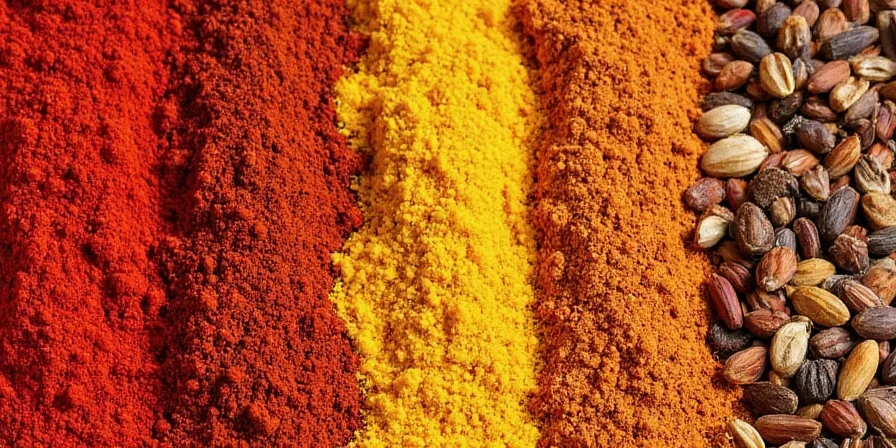
In Lebanon, cinnamon shows up in everything from lamb stews to baklava. It’s not just a dessert darling — cinnamon can enhance the natural sweetness of carrots, onions, and squash in savory dishes.
Seven-Spice Mix: Lebanon’s Flavor Bomb
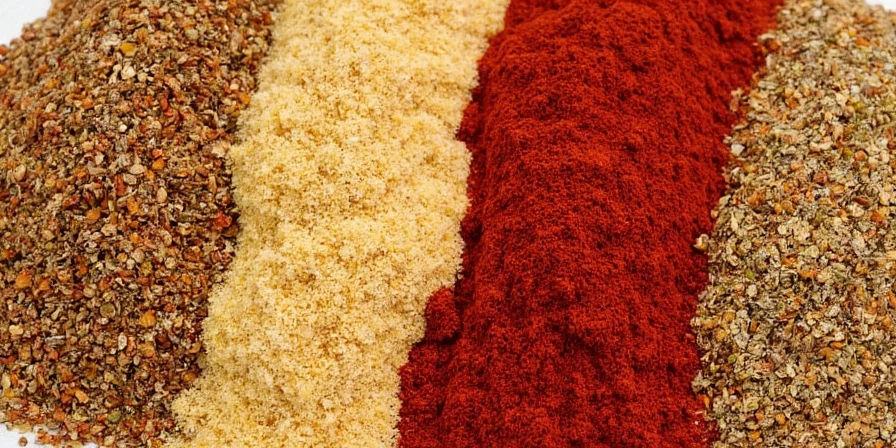
The famous *Maslawi* seven-spice blend typically contains:
| Spice | Purpose |
|---|---|
| Cinnamon | Warmth and depth |
| Allspice | Woody, clove-like flavor |
| Black Pepper | Heat and bite |
| Cloves | Intense aroma |
| Nutmeg | Smooth richness |
| Ginger | Peppery warmth |
| Cardamom | Floral freshness |
This versatile mix is essential in meat dishes, pilafs, and even desserts. Try it in lamb chops or lentil soup for an instant upgrade.
Dried Mint: Coolness in a Jar
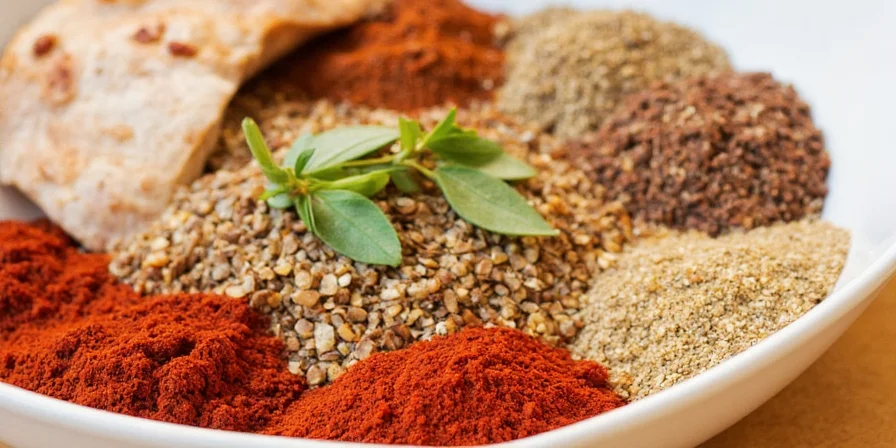
You’ll find dried mint (*nana*) in everything from tabbouleh to grilled chicken. It adds a refreshing contrast and cuts through heavier flavors beautifully.
Cardamom: A Perfumed Powerhouse
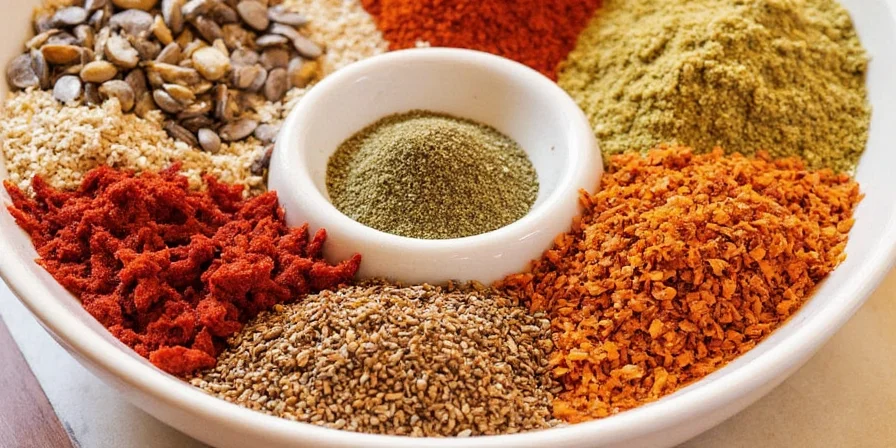
Used in both sweet and savory dishes, cardamom gives a floral, almost eucalyptus-like flavor. Crush the pods yourself for maximum potency — pre-ground cardamom loses aroma quickly.
How to Store Lebanese Spices Like a Pro
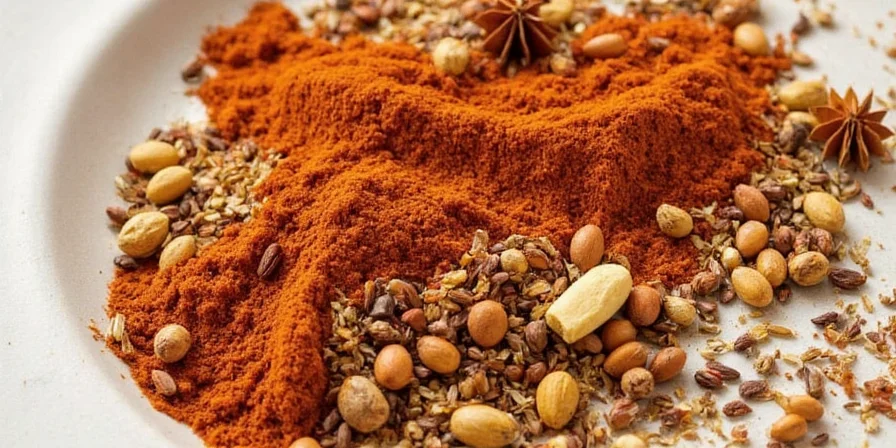
To keep your spices fresh and fragrant:
- Store in airtight containers away from light and heat.
- Label them clearly with purchase dates.
- Buy in small quantities to ensure freshness.
- Grind whole spices just before use for best flavor.
Top 5 Food Pairings with Lebanese Spices
| Spice | Best For | Why It Works |
|---|---|---|
| Za’atar | Flatbreads, hummus, potatoes | Briny, earthy, and citrusy notes enhance mild flavors |
| Baharat | Kibbeh, lamb stew, rice dishes | Complex warmth elevates heartier meals |
| Sumac | Salads, fish, yogurt | Tanginess balances rich and fatty foods |
| Cinnamon | Carrots, lentils, lamb | Enhances sweetness and adds comfort notes |
| Dried Mint | Tabbouleh, grilled chicken, yogurt | Fresh contrast to bold and creamy dishes |
Final Thoughts: Go Beyond the Basics
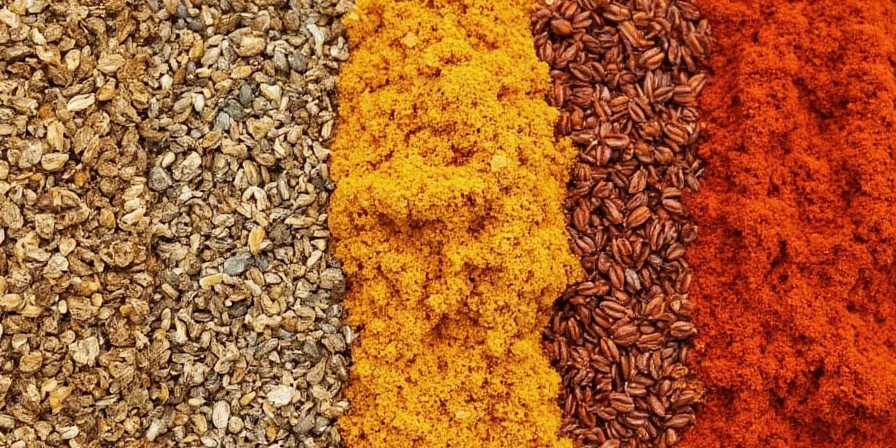
Lebanese spices are more than just seasonings — they're the soul of a cuisine that values harmony, balance, and boldness without being overwhelming. By understanding and using these spices thoughtfully, you’re not just cooking — you’re crafting memories on a plate.
So go ahead, open that jar of za’atar, sprinkle some sumac, and let your kitchen smell like the streets of Beirut. Your taste buds — and your dinner guests — will thank you.

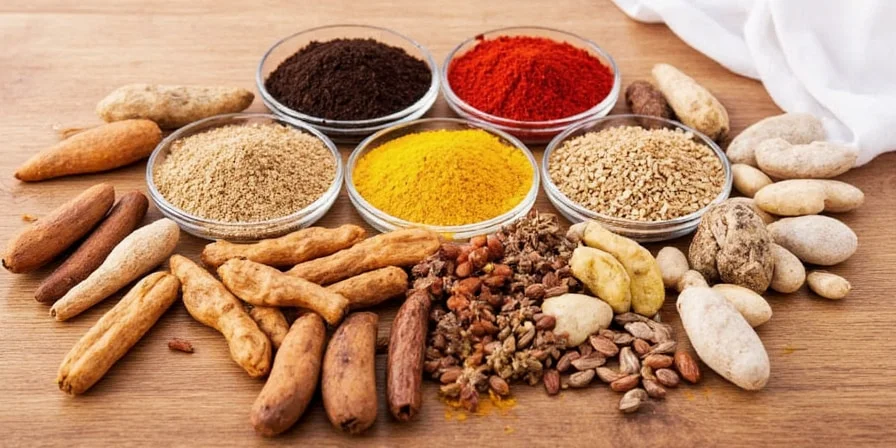









 浙公网安备
33010002000092号
浙公网安备
33010002000092号 浙B2-20120091-4
浙B2-20120091-4